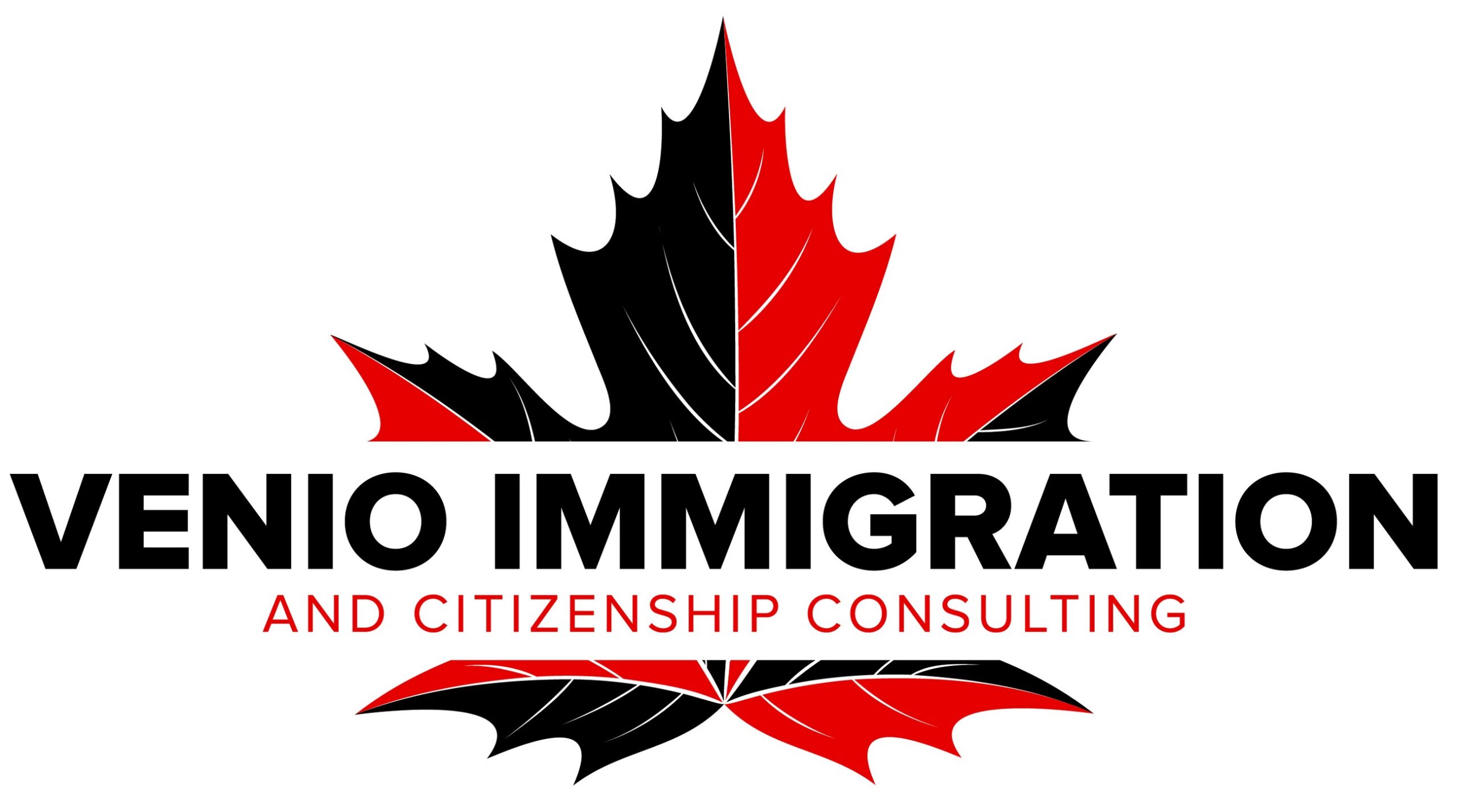Canadian Resume Success: A Practical Guide to Boosting Your Employability in Canada

Writing an effective Canadian CV is a key element in your successful job search in Canada. Indeed, the CV is often the first contact between you and a potential employer. It's therefore essential to know how to adapt your CV to Canadian standards in order to maximize your chances of getting an interview. In this article, we'll give you tips and tricks for writing a Canadian CV that will make all the difference.
Resume Types in Canada and Their Appropriate Uses
In Canada, the most common tool for presenting your professional profile to a recruiter is the curriculum vitae (CV). It's essential to choose the format that best highlights your experience, skills and achievements.
There are several main CV formats in Canada:
Chronological CV
The chronological CV is organized according to the chronology of your work experience, starting with your first job and ending with your current or most recent position. This format is often preferred by people with a long and consistent history of employment in the same field.
It allows recruiters to see how your career has evolved and how you have progressed within your field. It is not recommended for people with long periods of inactivity or who have changed jobs frequently.
The Antichronological CV (Retro chronological)
The anti-chronological CV, more commonly used, takes the opposite approach to the chronological CV. It starts by presenting your most recent work experience and works backwards. This format is ideal for highlighting the most recent and relevant skills and experience.
It is particularly useful for candidates whose careers are in constant progression and who wish to highlight their recent achievements.
The Skills-based CV
The skills-based CV focuses on your skills and achievements, rather than your employment history.
This format is ideal for career changers, older workers, people returning to the workforce after a long absence, or those with varied work experience. It can also be useful for recent graduates who have little work experience, but have acquired relevant skills through internships, part-time jobs or voluntary activities.
The Mixed CV
The mixed CV combines elements of the chronological CV and the skills-based CV. It highlights both your employment history and your skills. This format can be beneficial for those with extensive experience in a certain field, but who have also acquired transferable skills that they wish to highlight.
It's crucial to remember that whatever CV format you choose, it must be clear, well-organized and error-free. Take the time to personalize your CV for each position you apply for, focusing on the skills and experience that are most relevant to the job in question.
Structure and format of the Canadian CV
Length
Canadian CVs are generally shorter than European ones, and we recommend that you keep them to a maximum of two pages.
Format
Use a simple, clear format, with a legible font (Arial, Times New Roman, Calibri) and a size of 11 or 12 points.
Margins
Use margins of 2 to 2.5 cm to make your CV easier to read and print.
Essential sections of a Canadian CV
Contact
Include your full name, address, telephone number and e-mail address. It is not necessary to include a photo on your CV in Canada.
Professional profile
Write a short paragraph (3 to 4 lines) summarizing your skills, experience and professional goals. It should be relevant to the position you are applying for.
Professional experience
List your professional experience, starting with the most recent. Include dates, company name, position and major achievements.
Training
Present your diplomas and training in reverse chronological order, mentioning the name of the establishment, the diploma obtained and the years of study.
Skills
Highlight your technical and human skills relevant to the position.
Languages
Indicate your level of foreign language proficiency (e.g. fluent English, intermediate French).
References: It is not necessary to include references on your Canadian CV. You can simply indicate "References available on request" at the end of the document.
Adapting your CV to Canadian standards
Terminology
Adapt your vocabulary to the terms used in Canada (for example, "baccalauréat" can be translated as "Bachelor's degree").
Equivalence of diplomas
If your diploma is not recognized in Canada, look for the Canadian equivalent and indicate it on your CV.
Experience abroad
Don't underestimate professional and academic experience abroad. They're valued by Canadian employers and can help you stand out from the crowd.
Tips for an effective CV
Action verbs
Use action verbs to list your achievements.
Keywords
Use keywords related to the position you're applying for, to make it easier for recruitment software to find your CV.
Quantifiable results
Present your achievements in concrete, quantifiable terms (e.g. "Sales up 20 % thanks to innovative marketing strategy").
Relevance
Tailor your CV to each position you apply for, focusing on the most relevant experience and skills.
Proofreading
Proofread your CV carefully to correct spelling, grammar and syntax errors. Don't hesitate to ask a third party to proofread it for an outside opinion.
Avoid common mistakes
- Don't mention your age, family situation, nationality or religion, as this information is not relevant to the recruiter.
- Don't include skills or experience that aren't relevant to the position, as this could give the impression that you're not sufficiently qualified.
- Avoid using abbreviations, acronyms or professional jargon that may not be understood by the recruiter.
- Don't write a CV that's too dense: it should be airy and easy to read for the recruiter.
Conclusion
Writing an effective Canadian CV and cover letter may seem daunting, but by following these tips and tricks, you can maximize your chances of attracting employers' attention and landing an interview. Remember, your CV and cover letter are communication tools that should represent you in a professional manner and highlight your relevant skills and experience.
If you're having trouble writing your Canadian CV and cover letter, or if you just want to make sure that your documents comply with Canadian standards and are optimized to maximize your chances of success, you can find templates in our online store. These templates will enable you to create professional documents tailored to your profile and the positions you're applying for.
Take the time to prepare your CV and cover letter, and don't hesitate to contact us. ask questions to optimize your chances of success in your job search in Canada.






